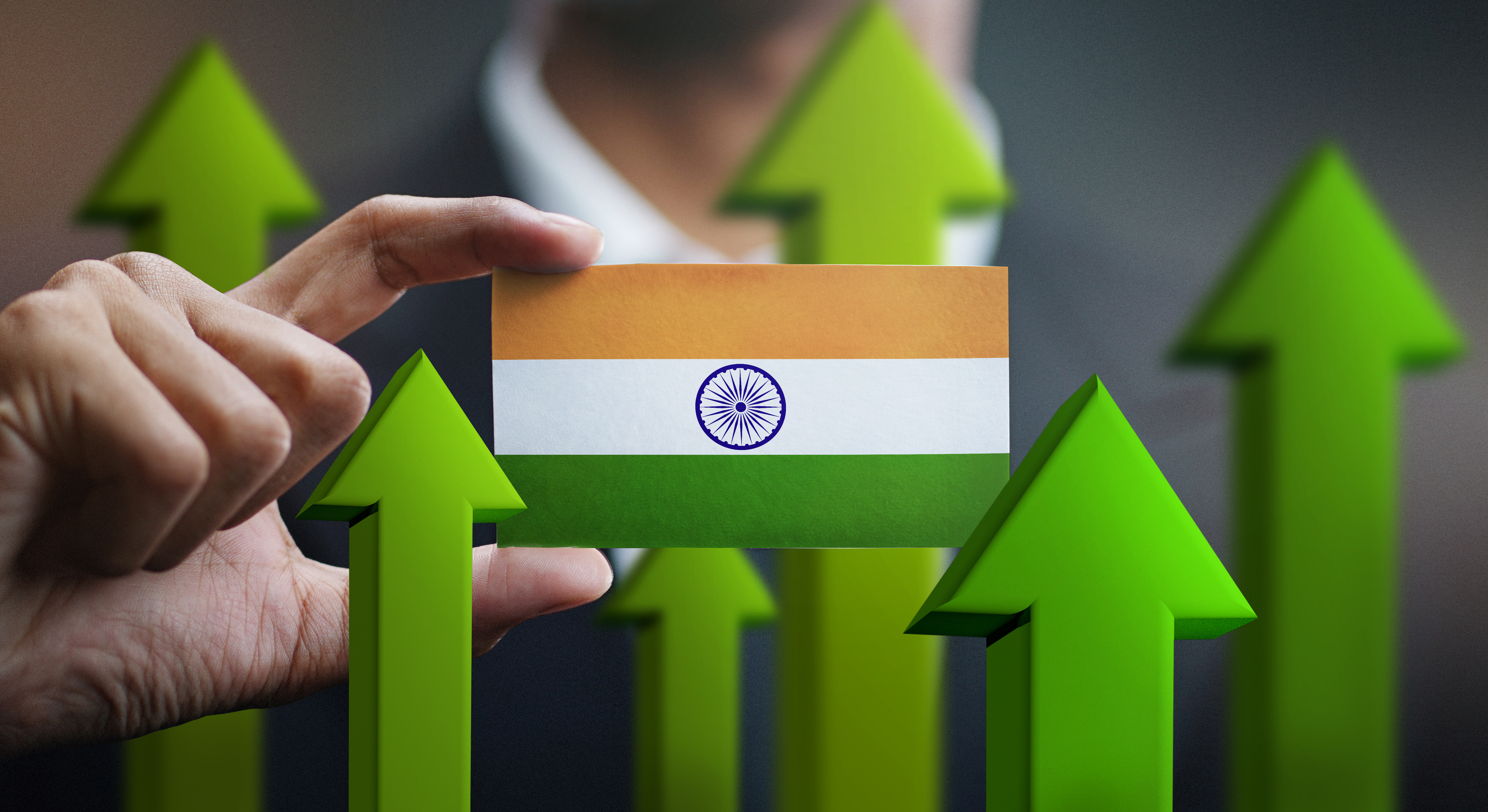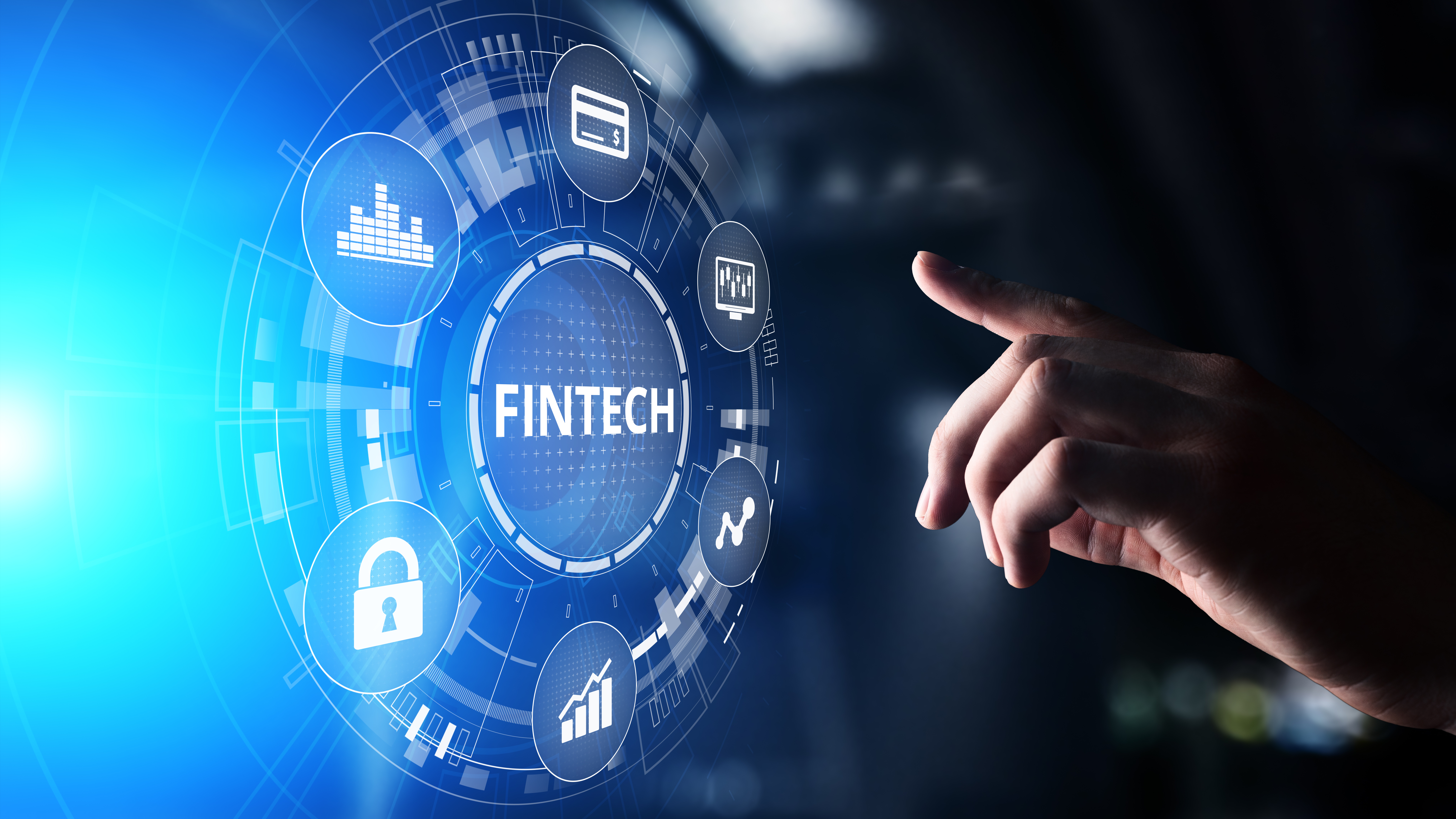Nothing new under the sun…Emerging Technologies have deep roots
Signal processing and connectionist modelling sounds frighteningly cutting edge, and of course it is, but among the tattered library of postgraduate papers stored at Cambridge University is an eighteenth century text produced by a divinity student: he wanted to prove the existence of God by mathematics, creating a formula that would process and connect seemingly random data, and establish a common point of origin. At least in mathematical terms he succeeded, and his thesis is still among the most read at the University, inspiring generations of geeks, including, three hundred years later, Emanuel Goldberg who invented a machine that could read characters and convert them into telegraph code: and that became the world’s first electronic document retrieval system (IBM bought the patent, and made Mr Goldberg rich). Google and Facebook followed, then Zoom and Tik Tok, and, in a heartbeat, Artificial Intelligence has become part of our daily lives.
As for our Cambridge divinity student, long since departed this earth, he didn’t get rich of course, but he now knows for sure about the existence of God, and his work on connectivity is still changing our world on a daily basis: which only goes to show, there’s nothing new under the Sun.
The Beating Brain
Artificial Intelligence is the beating brain of image and speech recognition, smartphone technologies, and every hole and corner of modern commerce: supply chains would grind to a halt without it (even more than they seem to be already), because they critically rely on the AI analysis of key data interactions: identifying connections and insights that are then used to make better, real time decisions on resource allocation: enhancing profitability and personalising customer experience. You might not know where your turkey’s coming from this Christmas, but AI does.
That’s one reason why AI is now set to become a $190 Billion industry within the next four years, with global spending on connective technologies having reached a staggering $57 Billion this year (which is saying something, given the ravages inflicted by COVID lockdowns).
And AI’s smarter, younger brother, Machine Learning, is also being deployed more than ever before, in ever faster evolving markets across multiple sectors: so much so that Forrester (www.forrester.com), a leading market research company, now predicts it will be responsible for no less than 9% of new jobs in the United States by 2025: everything from robotic monitoring of production systems, through to content curation (Facebook executives might take note).
Robotic Process Automation
And looking still further into the future, there’s Robotic Process Automation (or RPA for short): using software applications to fully automate commercial processes that used to take weeks, months, to complete with paper and pen, suffering in the process from the lapses and distractions of the human mind: that means faster processing of transactions (improved supply chain efficiencies again), more accurate interpretation of applications and greater responsiveness of communications (something you’re likely to appreciate if you’re still waiting for confirmation of you COVID booster appointment). And that will radically change the way we work too: McKinsey found that although less than 5% of jobs can be fully automated, more than 60% could be (www.mckinsey.com).
So back in 1785, scratching away in his study, that divinity student probably changed the world, in ways he couldn’t begin to imagine. But there again…there’s nothing new under the Sun.
Executive Overview
It all seems so new and fast moving: but emerging technologies have deeper roots than you might think.
This isn’t a passing moment…these trends are here to stay.
Invest in Red Ribbon Asset Management

Red Ribbon is committed to identifying and building on investment opportunities that are fully in compliance with its core Planet, People, Profit policy: not only offering above market rate returns for investors but also protecting our Natural Capital.

.jpg)


.jpg?width=150&height=150&name=shutterstock_756681019%20(1).jpg)



Leave a Reply